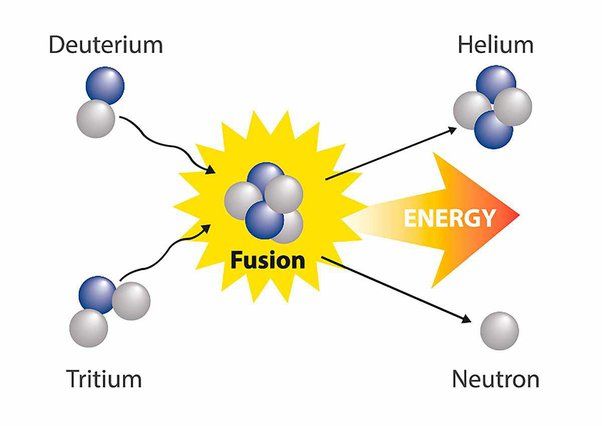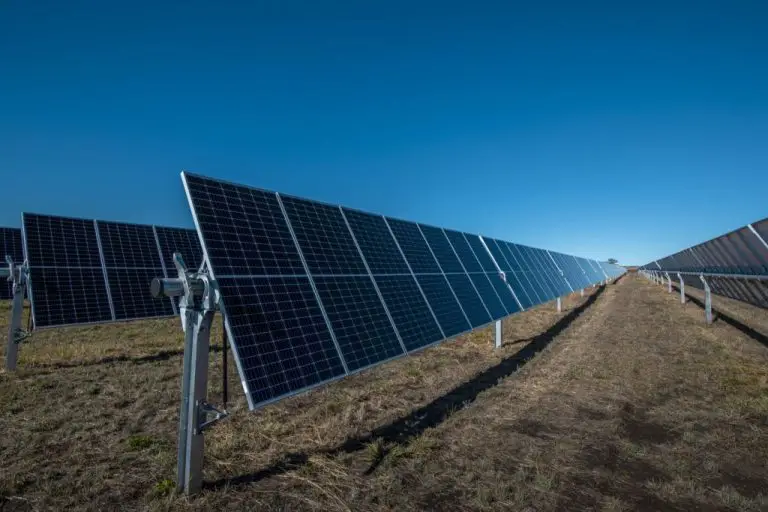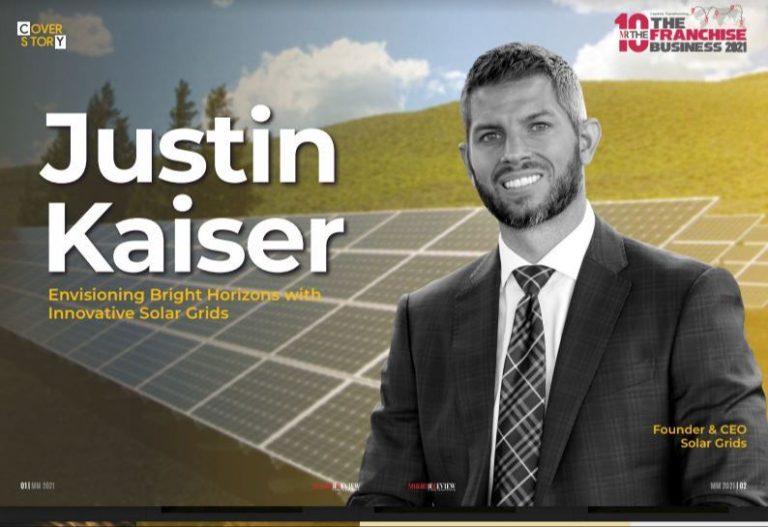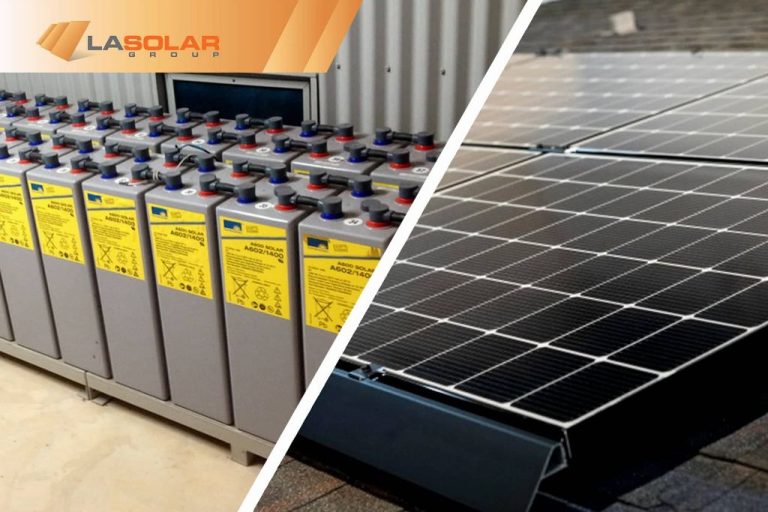What Is Sun Energy?
What is the Sun?
The Sun is the star at the center of our solar system. It is a nearly perfect sphere of hot plasma and is by far the largest object in the solar system. The Sun has a diameter of about 1.39 million kilometers (864,000 miles), and it contains 99.8% of the total mass of the solar system.
Some key facts about the Sun:
- Temperature: The surface of the Sun has an effective temperature of 5,778 K (9,941 °F). However, the hottest part of the Sun is its core, with temperatures reaching over 15 million K.
- Composition: The Sun is composed primarily of hydrogen (about 74% of its mass) and helium (about 24% of its mass). All other elements make up less than 2% of the Sun’s mass.
- Mass: The mass of the Sun is approximately 1.989 x 10^30 kilograms (or 330,000 times the mass of the Earth). This accounts for over 99.8% of the total mass of the solar system.
- Size: The Sun has a diameter of 1.392 million km. This makes its volume about 1.3 million times larger than that of the Earth.
- Gravity: The gravitational pull at the surface of the Sun is 28 times that of Earth’s gravitational pull.
The immense mass and gravitational pull allows the Sun to produce huge amounts of energy through nuclear fusion in its core. This energy sustains life on Earth and drives nearly all planetary processes in the solar system.
How the Sun Produces Energy
The sun produces energy through a process called nuclear fusion. At the core of the sun, extremely high temperatures and pressures cause hydrogen atoms to come together and fuse into helium. This fusion process releases an enormous amount of energy in the form of photons.

Specifically, when two hydrogen atoms fuse together, a helium atom is created along with a positron and a neutrino. The positron quickly encounters an electron resulting in annihilation and the release of two gamma ray photons. Meanwhile, the fusion process releases the energy that held the hydrogen nucleus together, which manifests as photon energy.
The photons produced through nuclear fusion gradually make their way outward from the core of the sun. It takes a single photon about 170,000 years to travel from the core to the surface of the sun. When the photons finally reach the surface, they stream away as sunlight, carrying the energy produced through fusion out into space.
Solar Energy Reaching Earth
The amount of solar energy that reaches the Earth is enormous compared to humanity’s energy needs. The sun produces 3.8 x 10^23 kilowatt-hours (kWh) of energy per year, which is 10,000 times more than the global population uses. However, only a tiny fraction of this energy is intercepted by the Earth.
The amount of solar radiation that reaches a given area at the Earth’s surface is known as solar irradiance and is measured in watts per square meter (W/m2). At the top of the atmosphere, when the sun is directly overhead, solar irradiance is around 1,366 W/m2. This value is known as the solar constant. After passing through the atmosphere, average solar irradiance at sea level is reduced to 1,000 W/m2 on a surface perpendicular to the sun’s rays on a clear day.
While solar irradiance at the Earth’s surface varies by location, time of day, season, and weather conditions, ample solar energy reaches the planet to meet humanity’s current and future energy needs, if captured effectively.
Capturing Solar Energy
Humans capture solar energy primarily through two methods: solar photovoltaic (PV) panels that convert light directly into electricity, and concentrated solar power plants that use mirrors or lenses to concentrate sunlight to drive traditional steam turbines. Here’s an overview of how each technique harnesses the sun’s energy:
Solar photovoltaic panels
Solar panels are composed of photovoltaic cells made from materials like silicon that convert sunlight directly into direct current (DC) electricity via the photovoltaic effect. The more intense the sunlight striking the panel, the more electricity is produced. Solar panels can be installed on rooftops or ground-mounted solar arrays to generate electricity, especially for residential homes, businesses and utilities.
Concentrated solar power
Concentrated solar power (CSP) plants use mirrors or lenses to focus sunlight on a receiver containing a heat-transfer fluid. The concentrated light heats the fluid to very high temperatures, which is then used to drive a steam turbine connected to an electrical power generator. CSP allows for thermal storage of excess heat in molten salts so electricity can be produced even when the sun isn’t shining.
Examples of solar power plants
Some of the largest solar power plants in the world include the Tengger Desert Solar Park in China (1,547 MW), Tamil Nadu Solar Power Project in India (648 MW), and Ivanpah Solar Power Facility in California (392 MW). These utility-scale solar farms can provide renewable power to hundreds of thousands of homes.
Storing Solar Energy
There are several ways to store the energy harnessed from the sun for later use when the sun is not shining. Some key methods for storing solar energy include:
Batteries
Solar panels can be connected to battery storage systems to store excess electricity for use at night or on cloudy days. Common battery technologies used with solar include lead-acid and lithium-ion batteries. Research is ongoing into improving battery efficiency and storage capacity.
Thermal Storage
The heat collected by solar thermal collectors can be stored in tanks as hot water or steam. Molten salt is also used to store heat at very high temperatures. The stored heat can be used to generate electricity on demand.
Hydrogen Production
Solar electricity can be used to electrolyze water into hydrogen and oxygen. The hydrogen can then be stored and used later to generate electricity in a fuel cell when needed.
Challenges with Storage
While solar energy storage offers many benefits, some key challenges remain. Battery costs are still prohibitively high for widespread home use. Thermal storage systems lose some heat over time. Hydrogen storage requires complex infrastructure. Ongoing research aims to improve efficiency and reduce costs of storage technologies.
Uses of Solar Energy
Solar energy has a wide variety of uses that take advantage of the sun’s renewable and abundant supply of energy. Here are some of the main uses of solar energy:
Electricity Generation
Solar panels (photovoltaics) convert sunlight directly into electricity. Solar PV systems are widely used to power homes, businesses, and the grid. The electricity generated can be used right away or stored in batteries for later use.
Water Heating
Solar water heating systems use the sun’s thermal energy to heat water. They are commonly found on residential and commercial buildings for domestic hot water needs.
Space Heating/Cooling
Solar energy can be used to heat and cool indoor spaces. Passive solar design takes advantage of sunlight and natural airflow to heat and cool buildings. Active solar heating uses solar thermal collectors to absorb heat and distribute it indoors.
Solar Vehicles/Sails
Solar energy powers electric vehicles, boats, planes, and even spacecraft. Solar sails provide propulsion for spacecraft using radiation pressure from the sun.
Cooking
Solar cookers use sunlight as a heat source for cooking, processing food, and pasteurization. They are used most widely in developing countries as an alternative to wood/charcoal.
Industrial Processes
Solar thermal energy is used in industry for heating and cooling processes, power generation, and water treatment.
Advantages of Solar
One of the biggest advantages of solar energy is that it is a renewable resource. Unlike fossil fuels which are finite and being depleted, the sun provides continuous energy that can be harnessed indefinitely.
Using more solar energy allows us to rely less on fossil fuels like coal, oil and natural gas. Reducing our dependence on fossil fuels provides energy independence and security for the future.
Solar energy has minimal carbon emissions during operation. The process of generating electricity from solar does not produce greenhouse gases or other pollutants. This helps lower environmental impacts and combat climate change.
Shifting to solar energy can help countries, states and cities reduce their carbon footprints. Many governments are investing in solar power as part of their emission reduction targets and strategies.
Disadvantages of Solar
While solar energy has many benefits, there are some drawbacks to be aware of:
Intermittent Supply
The amount of sunlight that arrives at any location on Earth varies a lot throughout the day and year. Solar panels cannot produce electricity at night, and cloudy weather can significantly reduce their output. This intermittency means solar cannot generate power on demand like fossil fuels.
High Upfront Costs
Installing a solar system requires a big initial investment. Purchase and installation costs for solar panels, inverters and batteries can run from $10,000 to $20,000 or more for a typical home system. This high upfront cost can deter some households and businesses from adopting solar.
Land Use Requirements
Building large solar farms requires a lot of physical space. This can be challenging in densely populated areas, where it competes with other land uses. Rooftop solar avoids this issue but has limits on capacity.
Limited Storage Capacity
Batteries are needed to store solar energy for use when the sun isn’t shining. Current storage technologies are limited in capacity and add substantially to costs. Better and cheaper batteries will help overcome this issue in the future.
Future of Solar Energy
The future looks bright for solar energy. With continued innovation, solar is poised to play a major role in the world’s energy mix. Here are some key ways solar energy is expected to improve and expand:
Improving efficiency and storage: Researchers are working to improve solar cell efficiency to convert more sunlight into electricity. New solar storage technologies like batteries will allow solar power to be available 24/7.
Lower costs: As technology improves and production scales up, costs are projected to continue falling, making solar ever more affordable and competitive with fossil fuels.
Projected growth: Solar capacity is forecast to grow exponentially in the coming decades. Under many projections solar will become the world’s largest source of electricity by mid-century.
Fighting climate change: Scaling up solar can significantly reduce greenhouse gas emissions from electricity production. Widespread adoption of solar is critical for transitioning to a carbon-free energy system and averting the worst impacts of climate change.
With solar costs falling and concern about climate change growing, the stage is set for massive expansion of solar energy. With the right policies and investments, solar can realize its potential to be a pillar of clean, renewable energy for the world.
Conclusion
Overall, solar energy is one of the most promising renewable energy sources available today. The sun provides an immense amount of energy to the Earth every day, far more than our global society currently requires. Solar technologies allow us to capture a tiny fraction of that energy and convert it into electricity or heat. While solar energy use is still small compared to fossil fuels, costs have dropped dramatically in the past decade making solar power competitive in many locations. With further technological innovations and supportive government policies, solar energy has the potential to supply a substantial portion of the world’s electricity within the next couple of decades. Developing solar energy can provide huge benefits such as reducing greenhouse gas emissions, improving public health by cutting air pollution, creating new jobs and industries, and increasing energy access to remote areas. The transition to renewable energy is critical for creating a sustainable future, and solar will likely play a major role in that transition. With human ingenuity and determination, we can harness the immense power of the sun to meet our energy needs while preserving the planet.






